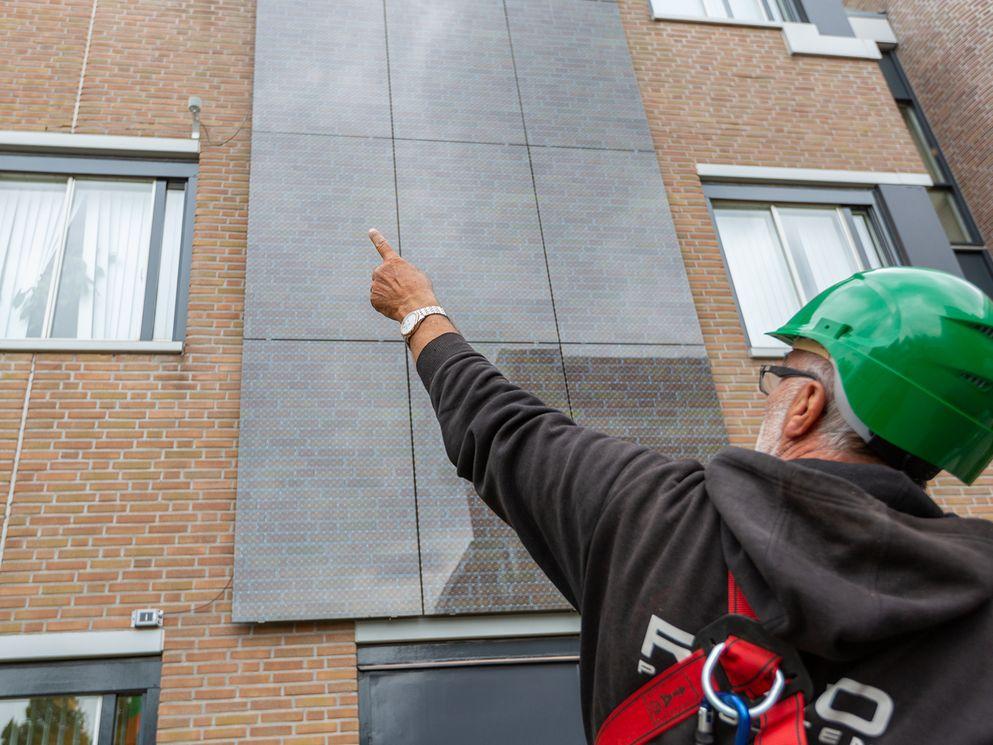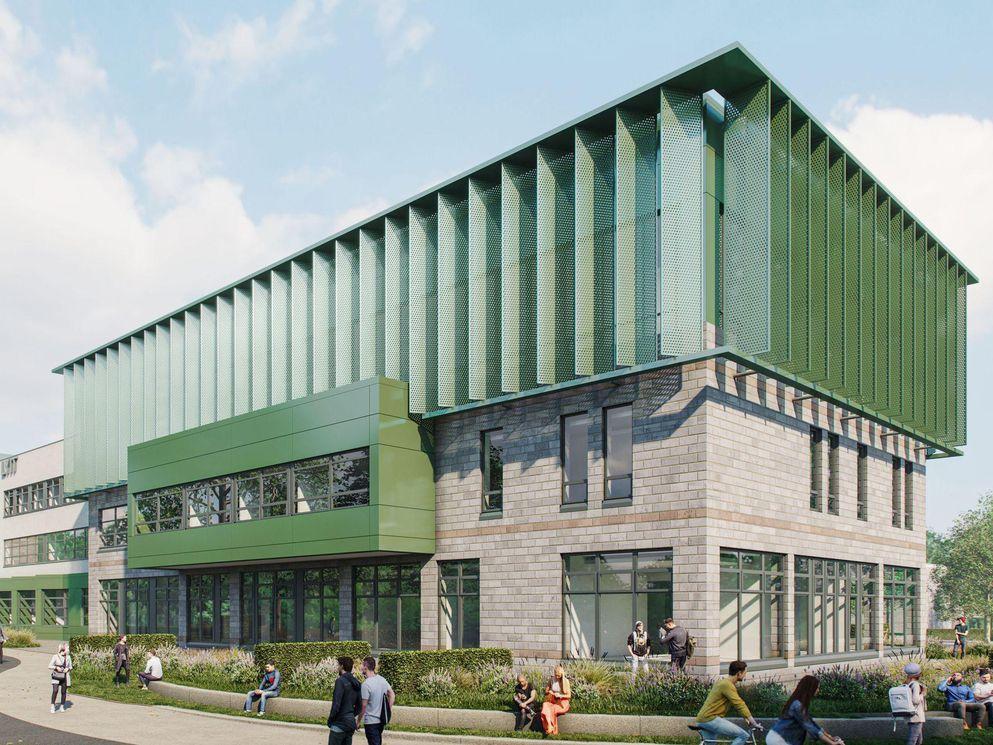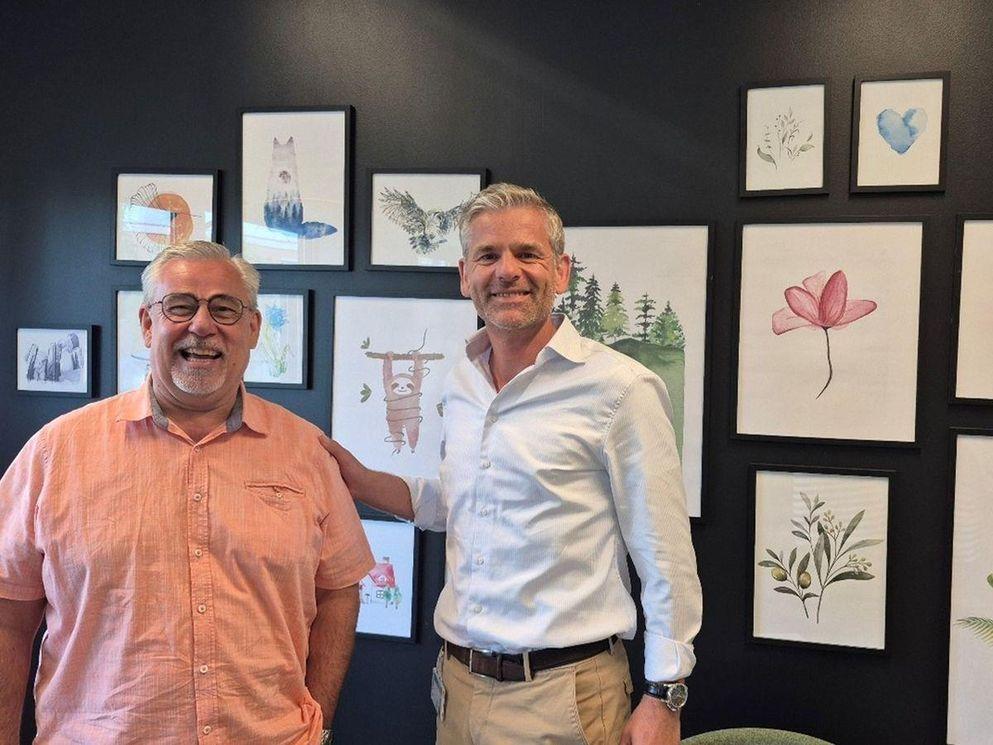New generation of solar panels incorporated into facades

(Press release TNO:) Delft, the Netherlands, 6 June 2020 - After years of research, experimentation and testing, a new generation of solar panels comes onto the market that can be unwitnessed incorporated into large surfaces. This week, the solar-powered facade panels were installed in the facade of BAM's head office in Bunnik. They can be fabricated in any size and colour pattern, and will help to make the built environment energy-neutral in an attractive way.
Together with a research team of innovative small and large companies, and a €1.1 million subsidy from the Netherlands Enterprise Agency (RVO), TNO has developed aesthetically compatible facade modules that can be incorporated in facades of offices or apartment buildings. The facade still looks the same but now generates energy. It also offers companies the opportunity to present themselves with an artistically composed facade, a work of art or logo.
Mimic design
Mimic, or imitate, is a new generation of energy-generating facade modules that fit seamlessly into the built environment. By using this material, unimaginative side facades of apartment buildings can undergo a sustainable and aesthetic metamorphosis. It also offers housing corporations the opportunity to make their housing stock more sustainable by installing this new generation of PV modules during major maintenance and renovation.
The 'mimic design' facade modules are marketed by the start-up Solar Visuals, which originated from TNO and works closely with the architectural firm UNStudio and TS Visuals, a company specialising in the design and printing of large surfaces, such as in the Rotterdam Market Hall. Other partners are Solar Electricity and Design Innovation Group. For BAM Energy Systems, the product is an innovative addition to its range of sustainable energy systems for homes and offices.
Attractive alternative
In the BAM facade, a brick motif has been chosen that fits seamlessly with the existing facade in terms of appearance. Compared to a classic solar panel, the yield here is about a quarter less. On the other hand, the format and colour can be adapted to any facade situation. In the case of facade modules that are optimised for colour and yield, the efficiency is about 85 per cent compared to non-printed panels. The facade panels in the BAM facade have a capacity of 220 watts peak (Wp) per panel.
The facade modules with self-selected design are an attractive alternative to the traditional panels on roofs. This development provides a positive boost to the private market for producing renewable energy. In this way, large facade surfaces can contribute to the energy production and thus to the achievement of climate targets. Architects gain the opportunity to design energy-neutral buildings with facade materials that have endless possibilities for colour and pattern variation, and property owners are offered an attractive alternative to comply with future legislation on making buildings energy efficient.
Less weight, higher yield
TNO will carry out extensive measurements in the coming period to determine the yield under various conditions and to further improve the product. For example, work is being done to reduce the weight of the modules by replacing the glass that is currently used with plastic. At the same time, the experts are finding ways to further increase the energy yield. Within the foreseeable future, solar-powered facade modules should be able to compete in terms of cost price with the most common materials in the building industry in order to make homes and buildings more energy-neutral.



